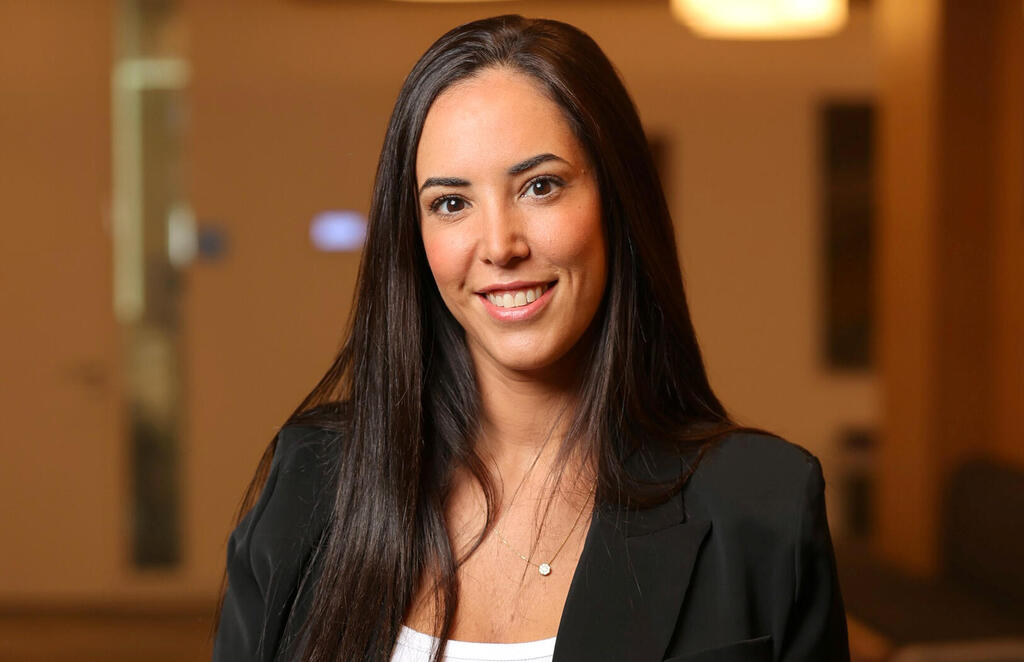
Pagaya's credit fund registers worst-ever monthly loss
During a conference call with investors, the fund's representatives explained that the 4.9% negative return in May stemmed from loans issued at the end of 2021 and the beginning of 2022
The investors in Pagaya's Opportunity Fund, the consumer credit fund of fintech company Pagaya, have suffered another blow. Documents obtained by Calcalist reveal that in May, the fund presented a negative return of 4.9%, marking the deepest negative return in its history and an uncharacteristically low return for the P2P lending industry. This negative return, combined with the fund's imposed restrictions on redemptions, creates significant liquidity difficulties for investors.
A negative return in the P2P sector can generally arise from two sources: borrower defaults, resulting in losses for lenders, or a negative valuation of the credit portfolio due to an expected increase in defaults caused by rising interest rates in the U.S., where the fund operates. A senior executive in the credit industry explained that entities in the industry typically write off unpaid loans after 120 days, but such write-offs are continuous and do not explain the sharp volatility characterizing Pagaya’s Opportunity Fund in recent months. The executive suggests that the negative return is likely due to the first option, or at least most of it.
During a conference call with investors, the fund's representatives explained that the negative return stemmed from loans issued at the end of 2021 and the beginning of 2022, which fell below expectations in the consumer credit industry, indicating credit failures. Furthermore, there is an expectation of additional defaults due to increased risk across the industry.
However, documents received by Calcalist reveal that P2P loans constitute only 26% of the fund's asset portfolio. Additionally, 17.2% of the assets consist of separately purchased credit card loans, while the remaining portfolio is invested in credit securitization and leveraged channels in accordance with regulations. Approximately six months ago, P2P loans accounted for half of the fund's assets, suggesting that Pagaya worked to diversify its asset allocation in response to increased risk. Unfortunately, it seems that this diversification did not yield positive results.
The fund ended December 2022 with a negative return of 1.7% due to a downward revision of the portfolio. At that time, Pagaya conveyed to investors that this would be the last negative revision, but another cut has since been made, bringing the negative yield since the beginning of the year to 3.5%.
The negative yield comes on the back of the fund's announcement that investors requesting to withdraw their money would only receive 10% of the amount every quarter, meaning a full withdrawal would take at least two to two and a half years. This mechanism, known as a "Side Pocket," raises some concerns. After a redemption request, 10% of the investment will be transferred to a side account every three months, and payments will be made based on the returns and interest received from that 10%, rather than just a straightforward 10% of the amount. The cash flow from Pagaya's loans currently stands at 6.8% and is continuously declining. This decision by the fund's management effectively prevents investors from accessing their money until the mechanism is changed.
Pagaya's management in Israel, led by Keren Danziger, explained to local investors that the fund's liquidity difficulties and high withdrawal requests also endanger investors who do not wish to leave. If a wave of redemptions occurs, it will necessitate the sale of good and liquid assets, leaving remaining investors with potentially illiquid assets. They were also informed that similar leading funds such as Blackstone, BlackRock, and Morgan Stanley have followed a similar approach.
The Pagaya Opportunity Fund was established in 2018 and was marketed as a prestigious investment for qualified investors in Israel, the U.S., and Europe, with a minimum entry threshold of one million dollars.
The fund ended 2020 with a return of 13.9%. At its peak, it managed $1.4 billion, making it the largest consumer credit fund in Israel. The fund became a significant revenue source for the parent company, Pagaya Technologies, which is traded on Nasdaq, charging a management fee of 1.25% of the assets and a 20% success fee if the fund exceeds 8% yield. As of the end of May, the fund manages $1.1 billion.
In April, attorneys representing several private investors and family offices demanded more information about the fund and the possibility of full redemption, threatening legal action if their demands were not met.
Pagaya, the parent company of Pagaya Opportunity, was established in 2016 and entered Nasdaq in 2022 through a merger with a SPAC at a value of $8.5 billion. Its market value quickly rose to $20 billion, making it the largest Israeli company by market capitalization. However, the market value has since dropped, and it currently stands at only $825 million.














